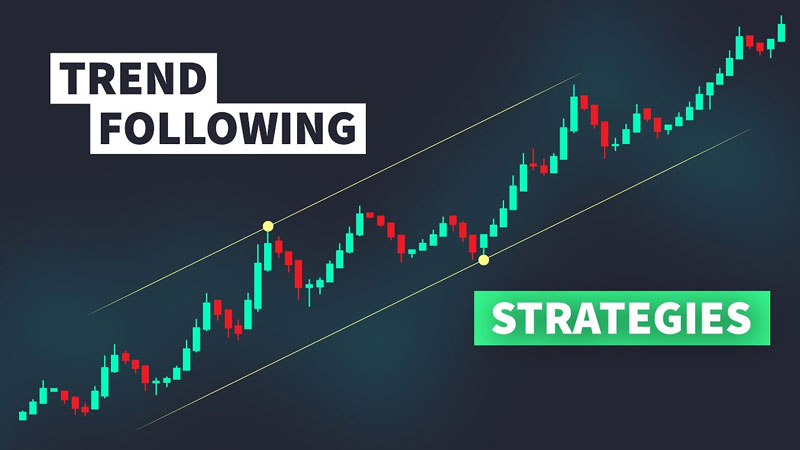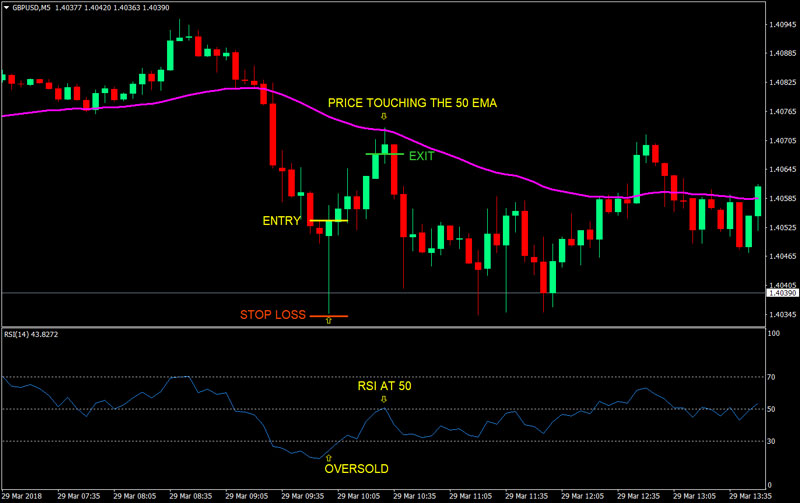What Should a New Trader Must Know To Start Trading
Susan Kelly
Dec 03, 2021
Pre Trading Analysis:
Begin by conducting a self-examination that examines your connection with money from a new perspective. Do you think of life as a struggle, with each dollar requiring a great deal of effort? The question is whether or not you believe that your personal magnetism will have the same effect on the market as it does in other areas of life. Is it possible that you've lost money frequently in different activities and expect that the financial markets would be more forgiving of you?
Key Check List:
- Charts and price action can be used to learn about the financial markets and how to trade them.

- To interpret price movement, combine technical analysis with fundamental analysis.
- It's a good idea for a novice to practice before putting any money into a new venture.
Importance of Trading Strategies:
Developing a sound trading strategy is essential if you want to succeed in the market. With no plan in place, you're vulnerable to the whims of the market and your personal feelings.
There are two sorts of trading strategies and four types of trading styles. This article will outline them and highlight the benefits and drawbacks of each of these styles.
Different Types of Trading Strategies:
Mainly, trading strategies are generally categorized into two groups.
- Trend Following Strategies
- Mean Reversion Based Strategies
Trend Following Strategies:
Look at the overall picture and determine which pricing trend is more prevalent. After selecting the primary price trend, look for trading chances.

Mean Reversion Based Strategies:
Mean reversion-based strategies are founded on the idea that market circumstances influence asset values. A correction might be anticipated when the price has risen too much. For example, the market's return to the mean or average price is akin to this correction. Trades in mean reversion are often taken after the price has been above a predetermined level, such as the market's "average."

The Different Styles of Trading:
There are many ways to classify these trading methods. Starting with styles that have the shortest time horizon or that are most commonly used on the lower times frames, then move up to techniques often used on more prolonged periods.
1. Scalping:
This is a highly active trading technique. The goal of scalping is to trade at a high frequency for a lesser profit target. Scalpers monitor the market for even the slightest price movements. Fast and frequent trade decisions can be made using robots, which often make hundreds of trades a day. Scalpers often have low-profit objectives and tight stop losses. Risk-to-reward ratios are usually less than 20 pips, and trade durations may vary from milliseconds to up to an hour. It is determined by the market being traded and the technology used.
2. Day Trading:
Day trading or intraday trading is best suited for day traders who want to trade actively during the day. Between the market's opening and closing hours, day traders take advantage of price swings to profit from their positions. Day traders frequently open many situations during the course of a single day, but they do it in order to minimize the risk of overnight market fluctuations. Day traders should adhere to a well-structured trading strategy that is flexible enough to respond swiftly to rapid changes in the market.
3. Swing Trading:
Swing trading is a sort of trading in which you must hang on to transactions for a longer amount of time. There are intraday, intraweek, and intramonth price trends, just as there are intraday, intraweek, and intramonth price trends. Swing trading entails trading against this price momentum. A swing trader must be patient in order to wait for fewer trading chances, as well as disciplined in order to hold trades for longer periods of time.A swing trade's normal stop loss may be 50 to 100 pips wide, and profit goals could be the same or many multiples of this.This trading method involves less monitoring and deal management. This is an excellent trading method for those who cannot commit to monitoring the markets regularly or want to view charts less frequently.
4. Position Trading:
In position trading, a trader holds on to a position for an extended length of time, typically months or even years, disregarding tiny price movements in favour of benefitting from long-term trends. Position traders use fundamental analysis, but they also take into account market trends and historical patterns when evaluating prospective price developments.
What is the best trading strategy?
Simply because one trading style or method works well for one individual does not imply that it will work well for another. There are several trading styles and tactics, and most novices go from one to the next. Trading in an inconsistent manner might lead to unfavourable outcomes.
However, not all methods of trading are appropriate for you.
- You should think about how much time you have available to watch the markets.
- What are your trading objectives?
- The amount of your account balance
- as well as your risk tolerance
Any of these trading techniques may be as effective in 2022, as long as it is the proper trading style for you. So, if you want to start a trade better in 2022, choose a style that fits your personality and risk tolerance
Safe Initiation Your Trading Journey:
These techniques can be tested on a demo account with virtual funds, where you can find out which ones work best for you. It's possible that these trading tactics will help you build a better edge in the market. Upgrade to a fully financed account once you've found your edge.







